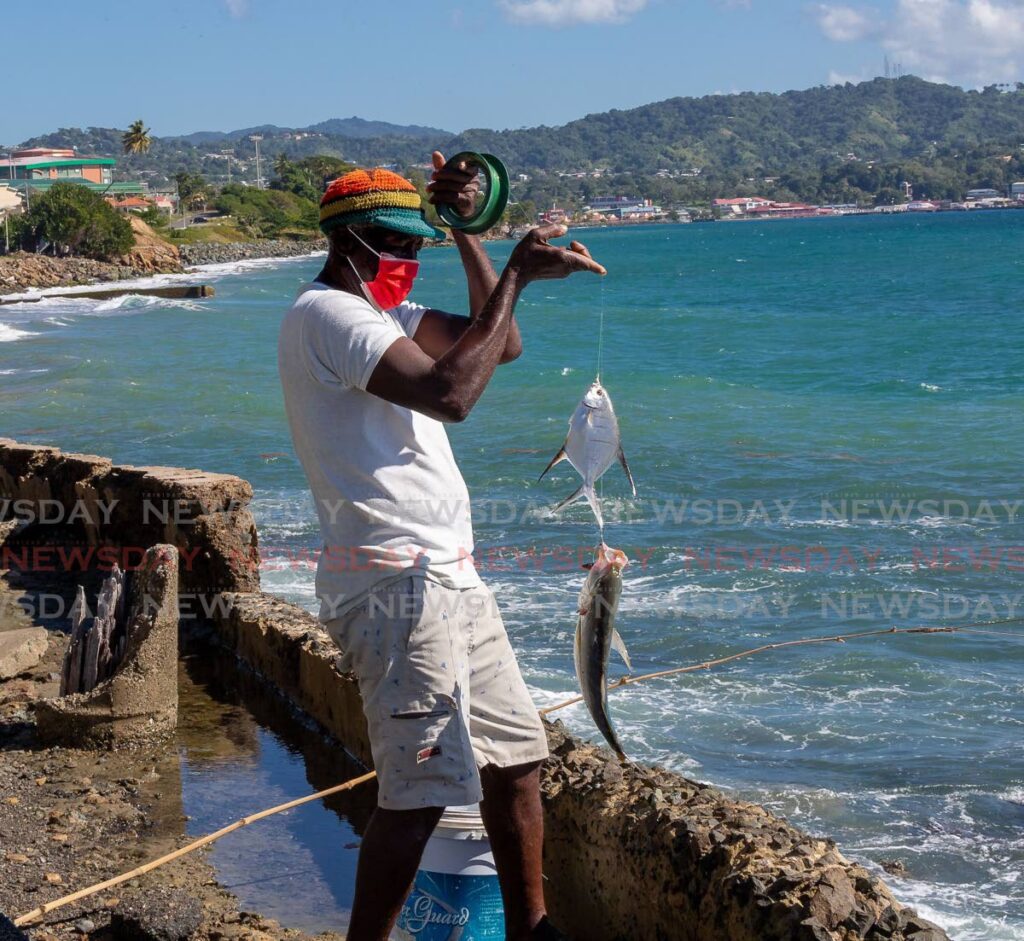How guerrilla tactics can rapidly boost tourism

kmmpub@gmail.com
We have the opportunity to capture rapid and sustainable tourism growth by borrowing from counter-intuitive military tactics.
For decades, Trinidad and Tobago’s tourism policy has mirrored our energy policy: find large anchor investors and co-invest in public/private partnerships for serious infrastructure projects like hotels or resorts.
This is understandable – for decades that approach has produced billions in value in our natural gas and downstream chemical industries. Little wonder that when it came to tourism (which is still an afterthought), successive governments continued to roll out the same playbook.
When you have a hammer, every problem looks like a nail.
The problem, as I’ve written before, is that unless you can secure and devote massive resources to turn our islands into Macau or Dubai, that approach doesn’t work. Nor does it attract the type of high-spending, community-minded visitors that our tourism-dependent areas, particularly in Tobago, actually need or want.
I’ve spent the last week working remotely from the bucolic and breezily unconcerned village of Castara in Tobago. But it was reading an essay on military tactics put out by the University of Texas, Austin (whilst avoiding being dive-bombed by hummingbirds) that sparked another idea.
That piece focused on a military strategy that hinges on “a large number of small things.” The idea is that when one is up against an adversary with far more resources than you, it doesn’t make sense to try and match them by investing in a few expensive, large weapons systems.
Instead, it is far more effective to invest in lots of different types of small, cheap, fast armaments to inflict enough damage on a more powerful enemy to serve as an effective deterrent.
The same tactics can be applied to our tourism economy in TT, to different ends.
The main attractions of our relatively undiscovered islands are their authenticity and community feel. If we find a way of supporting a broader coalition of smaller hotels, lodges, villas, restaurants and shops, we can build up a connected ecosystem.
This has several advantages over the “anchor resort” model. First, it ties into a broader marketing strategy that preserves authenticity. Second, by providing broad-based benefits, it allows as many people as possible to buy into our tourism product. This means that more people will have the incentive to be friendly and service-minded; attitudes which make tourists’ stays memorable and develop the type of long term relationships that increase each visitor’s “lifetime customer value.”
So how do we best support our tactical arsenal of small tourism operators?
One issue is that there is a Catch-22: foreign tourism investors are actually barred by law from investing in Tobago, and there is precious little outreach to them in Trinidad. However, even if they were allowed and encouraged to invest, they’d be wary of the lack of flights and resulting tourist traffic.
There have been continuous efforts to increase airlift over the years, but all ran up against the same problem: accommodation that was simply not fit for purpose.
Take the Norwegian flight that was announced with much fanfare. Yes, our islands are beautiful, but the tourists arrived to shabby accommodation. There just weren’t enough places to stay.
As it is, with foreign investment barred and international expertise kept out, there’s little prospect of our accommodation stock improving.
That’s why we need a two-pronged attack. I spoke with a number of locals and hotel owners and the verdict was clear: we must in parallel lift the laws restricting foreign investment, and aggressively reach out to international airlines – with step-down seat subsidies if we must, to restore airlift from key US and European countries.
By doing so, we can encourage communities and entrepreneurs across the islands to team up with international investors to create meaningful opportunities that preserve our country’s essential character.
Look at Castara Retreats lodge. The eco-resort is run closely in tandem with the nearby village from which it takes its name, with widespread benefits alongside international investment.
It is time to give up post-colonial resentments and create similar growth in rural communities and coastal villages across both islands. This makes sense for our people. It makes political sense too.
The good news is that political will to act has revived in both Trinidad and Tobago. With a global reopening, Omicron notwithstanding, international tourism is already experiencing a vertical recovery.
In the words of one longtime English resident, Tobago is “gobsmackingly gorgeous.” If we act fast – and adapt lessons from guerrilla defensive tactics – we can easily bring 200,000 tourists in two years.
Kiran Mathur Mohammed is an economist and co-founder of medl, an IDB Lab-, Microsoft-, WHO- & FT-backed health tech company, winner of the TT Chamber Champion of Business award

Comments
"How guerrilla tactics can rapidly boost tourism"